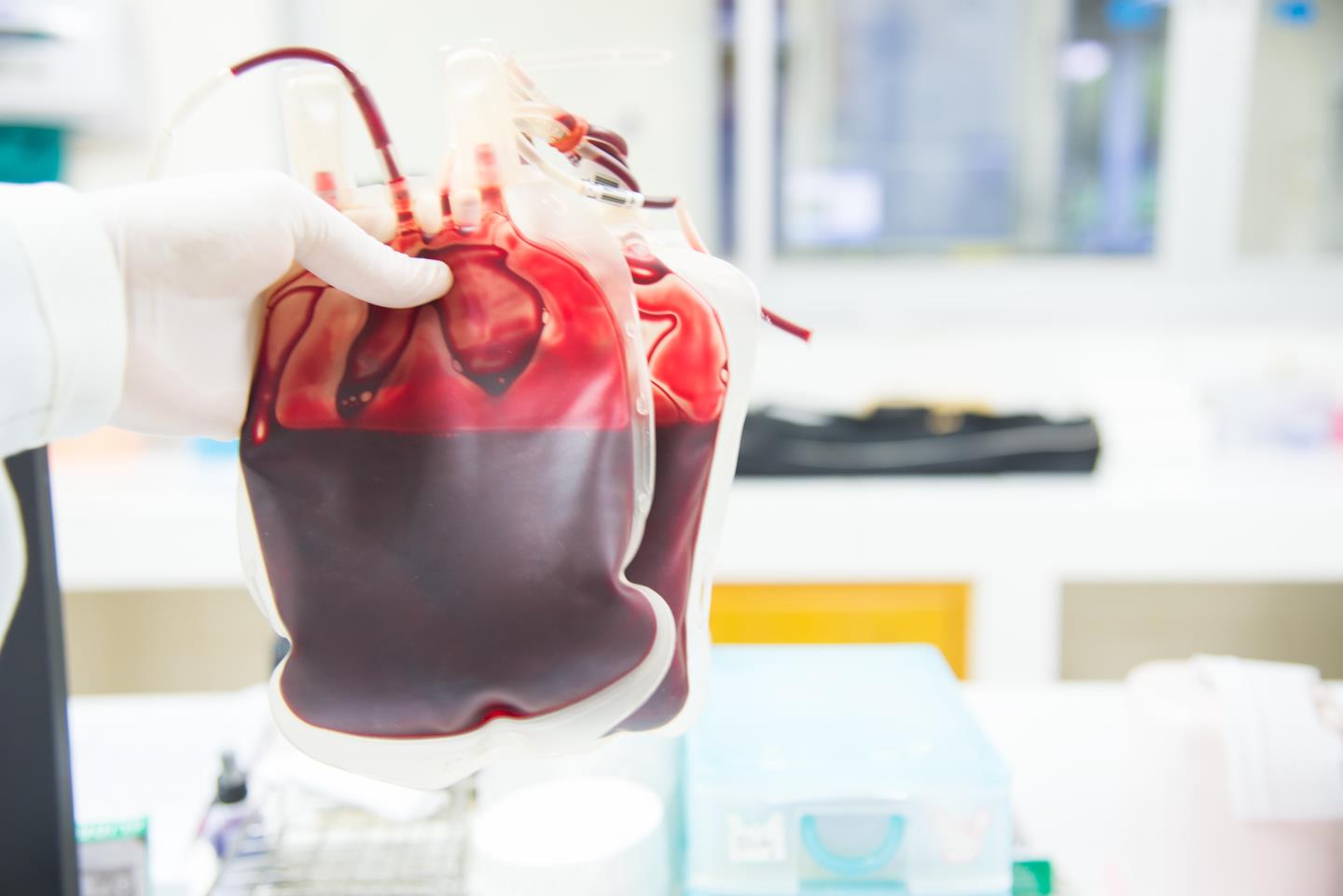In October 2019 I wrote a column about the UK inquiry into the tainted blood scandal, pointing out that a seemingly niche inquiry into events 30 years ago had implications for us all: for everyone who uses the NHS and for all of us who expect our leaders to give us information in an unbiased way.
Little did I know then that coronavirus was about to turn everything upside down and that we would all allow our politicians to curb our freedoms and dictate our behaviours in the most restrictive way since the Second World War.
The tainted blood inquiry is about a group of people who were infected with a deadly virus because the state decided it knew best. Yes, it happened many decades ago – mainly in the 1970s and 1980s – but infections occurred as recently as the 1990s.
It is not a black and white story of good versus evil. Difficult decisions were at play.
What is the infected blood inquiry?
People needing blood transfusions and blood products ran the risk of severe disability and even death if they did not get those products. The products were scarce, so some of those in positions of authority cut corners: they got the blood from risky sources.
That was a mistake, but perhaps an understandable one. The mistake that is harder to forgive was the cavalier attitude towards those infected.
When some of those receiving the blood products heard rumours about the risk of AIDS and asked questions, they were fobbed off. They were told there was nothing to worry about.
As one of them told me many years later, he would have been in agony without clotting treatments but he wouldn’t have died. He would probably have decided the pain was better than the risk of developing AIDS. Instead he was infected with a deadly virus and not only that, because he didn’t know he was infected, his wife and family were also exposed to the virus.
One children’s hospital used blood products sourced from drug addicts and prisoners in the US to treat toddlers, even though safer alternatives were available. Nearly all the children who received those treatments died.
Government needs our trust to lead effectively
This week, former health minister Ken Clarke took to the stand. It is the first time any former government minister has been forced to explain why thousands of people were infected with HIV and hepatitis C through NHS treatment.
Media coverage has focused on the bad tempered exchanges between Lord Clarke and the lead counsel, but I see a different narrative.
Lord Kenneth Clarke has just been sworn in. He will be giving evidence until Thursday 29 July and will remain under oath.
He is being questioned by Lead Counsel Jenni Richards QC. pic.twitter.com/q2nZ4F6trt
— Infected Blood Inquiry (@bloodinquiry) July 27, 2021
If Lord Clarke is telling the truth, warnings about the risk of contamination were never passed on to him. At least one senior clinician had told the government that dangerous blood products from the US should no longer be used but that recommendation was dismissed by the Committee on Safety of Medicines, who decided that the benefits outweighed the risk. They thought: “We know best”.
We are now reliant on the same structures to get us through the pandemic. The Committee on Safety of Medicines has been replaced by the Committee on Human Medicines. Coronavirus vaccines are approved by another health body: the Medicines and Healthcare Products Regulatory Agency.
I am a firm believer in vaccination but its effectiveness depends upon the majority of the population believing that it’s the right thing to do, and that depends on those in authority properly explaining the risks and benefits. To do that effectively, they need to have our trust.
Doubts about vaccines are understandable
Mistakes were made in the 1970s, 80s and 90s when it came to the safety of the blood supply and blood products. This inquiry will – hopefully – identify those mistakes so that they will not be made again.
The testimony of Lord Clarke is enormously important and it is a shame if he lets his personal irritation get in the way of the greater good.
The behaviour of the general public today has been shaped by the behaviour of the state in the past.
We need the state to show that it can accept its mistakes and learn from them. Only then will the government have earned our trust when it badly needs it
It’s not surprising that those who cast doubt on vaccines find an audience in the face of overwhelming medical evidence about their safety. They are worried that those in authority have not told them all of the risks and that the state has decided: “We know best”.
They have this worry because it is exactly what happened before. We need the state to show that it can accept its mistakes and learn from them. Only then will the government have earned our trust when it badly needs it.
Eleanor Bradford is a former BBC Scotland health correspondent and now works in communications in the education sector


